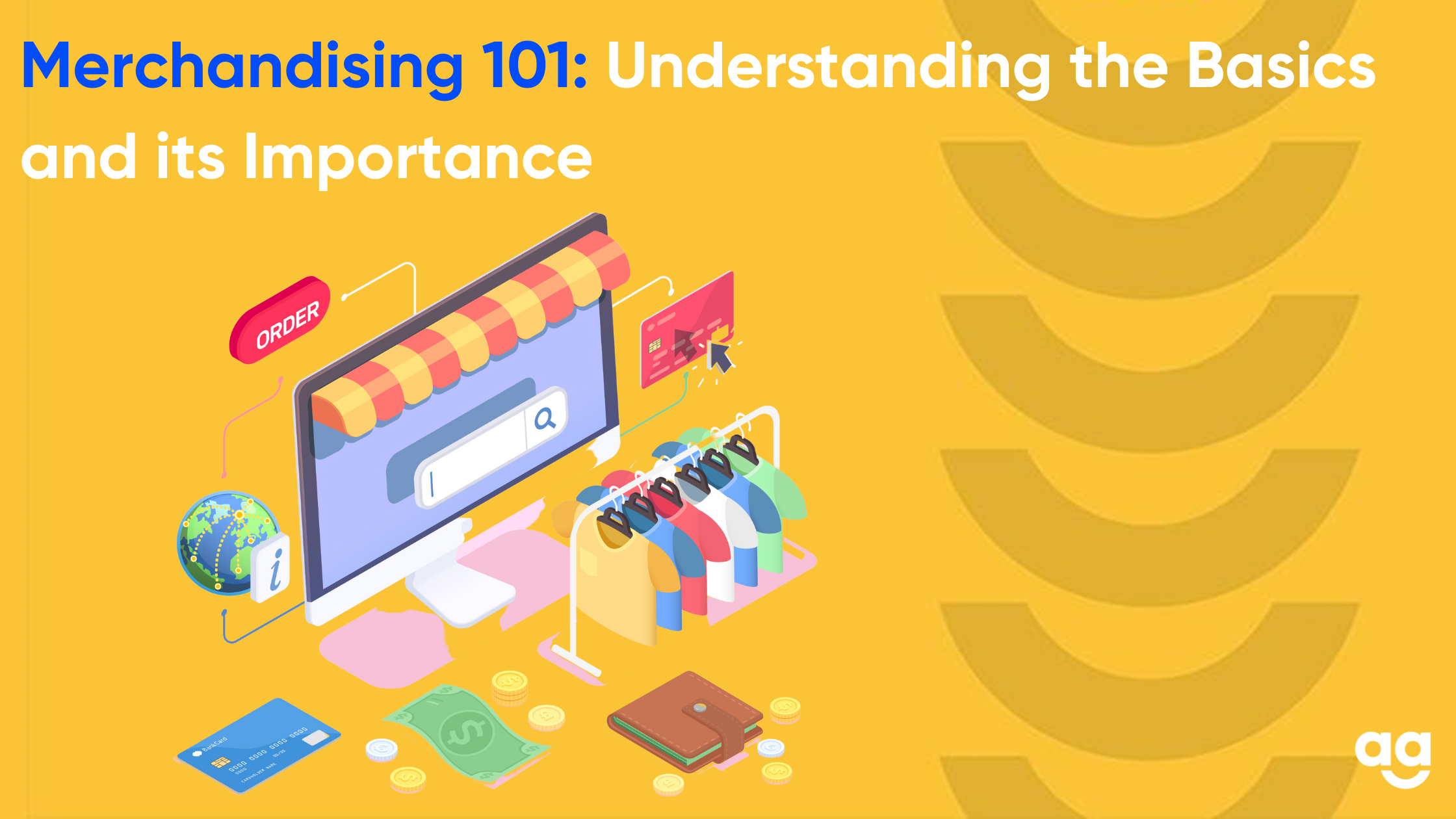Introduction
Merchandising plays a crucial role in the success of retail businesses. It encompasses a wide range of activities aimed at presenting products in an attractive and appealing manner to drive sales and enhance the overall shopping experience.
In this blog post, we will delve into the Merchandising basics , importance of Merchandising and key merchandising Strategies that businesses can implement to optimize their merchandising efforts.
What is Merchandising?
Merchandising refers to the activities involved in promoting, presenting, and selling products to customers in a retail environment. It goes beyond simply stocking shelves and involves strategic planning and execution to maximize sales and profitability.
Effective merchandising involves careful consideration of product placement, visual displays, pricing strategies, promotional campaigns, and inventory management.
Visual Merchandising
Visual merchandising is a key component of effective merchandising. It focuses on creating visually appealing displays that attract and engage customers. This includes window displays, product arrangement, signage, lighting, and overall store layout.
Visual merchandising aims to create an immersive and enticing shopping environment that encourages customers to explore products and make purchases.
Product Placement and Assortment
Strategic product placement and assortment are essential for successful merchandising. Businesses need to carefully analyze their target market, customer preferences, and buying behavior to determine the optimal arrangement of products.
Placing complementary items together, highlighting best-selling products, and creating product categories can guide customers and facilitate cross-selling and upselling opportunities.
Pricing and Promotions
Pricing strategies and promotions play a significant role in merchandising. Businesses need to carefully consider factors such as cost, competition, customer perception, and pricing elasticity when determining product prices. Additionally, well-executed promotions, such as discounts, bundles, or limited-time offers, can attract customers, stimulate sales, and create a sense of urgency.
Inventory Management
Effective inventory management is vital for successful merchandising. Businesses need to maintain optimal stock levels to ensure product availability while minimizing carrying costs and stockouts.
Implementing inventory management systems (warehouse Logistics), utilizing sales forecasting techniques, and conducting regular inventory audits are key strategies to optimize inventory levels and prevent overstocking or understocking.
The Benefits of Merchandising
Merchandising plays a pivotal role in the success of retail businesses. Here are some reasons why merchandising is important:
1. Enhancing the Shopping Experience
Effective merchandising creates an immersive and enjoyable shopping experience for customers. Appealing product displays, well-organized store layouts, and engaging promotions can capture attention, generate interest, and encourage customers to explore and purchase products.
2. Driving Sales and Profitability
Strategic merchandising drives sales and boosts profitability. By presenting products in an appealing and enticing manner, businesses can increase customer engagement, promote impulse buying, and maximize the value of each customer transaction.
3. Differentiating from Competitors
In a crowded marketplace, effective merchandising helps businesses stand out from the competition. Unique and visually appealing displays, well-curated product assortments, and compelling promotions can differentiate a business and attract customers who are seeking a distinctive and enjoyable shopping experience.
4. Building Brand Image and Loyalty
Merchandising contributes to building a strong brand image and fostering customer loyalty. Consistent branding across visual displays, product packaging, and promotional materials reinforces the brand identity and creates a memorable and recognizable experience for customers.
A positive and consistent shopping experience leads to customer satisfaction, repeat purchases, and brand advocacy.
Key Strategies for Successful Merchandising
Know Your Target Market
Understanding your target market is crucial for effective merchandising.
Conduct market research, analyze customer demographics and preferences, and gather feedback to gain insights into your customers’ needs and desires. This information will help you curate product assortments, tailor pricing strategies, and create appealing displays that resonate with your target audience.
Plan and Execute Seasonal Merchandising
Seasonal merchandising is an opportunity to capitalize on specific trends, holidays, or events.
Plan and execute seasonal displays, promotions, and product assortments that align with customer expectations and demand during specific times of the year. This strategy can drive sales, create a sense of urgency, and enhance customer engagement.
Leverage Technology
Utilize technology to streamline and optimize your merchandising efforts. Point-of-sale systems, customer relationship management (CRM) software, and inventory management tools can provide valuable insights and enable data-driven decision-making.
Leverage analytics to track sales performance, customer behavior, and inventory turnover to refine your merchandising strategies continually.
Train and Empower Your Staff
Well-trained and knowledgeable staff play a crucial role in effective merchandising.
Provide comprehensive training to your employees to ensure they understand your merchandising goals, product features, and sales techniques. Empower them to make informed recommendations to customers, cross-sell products, and maintain visually appealing displays.
Conclusion
Merchandising is a multifaceted discipline that significantly impacts the success of retail businesses. By understanding the basics of merchandising and implementing effective strategies, businesses can enhance the shopping experience, drive sales, differentiate from competitors, and build a loyal customer base. Embrace visual merchandising, optimize product placement and assortment, employ pricing and promotional strategies, and prioritize inventory management.
With a well-executed merchandising strategy, businesses can create a compelling shopping environment that captures attention, drives sales, and fosters long-term success.







 Shipping
Shipping







